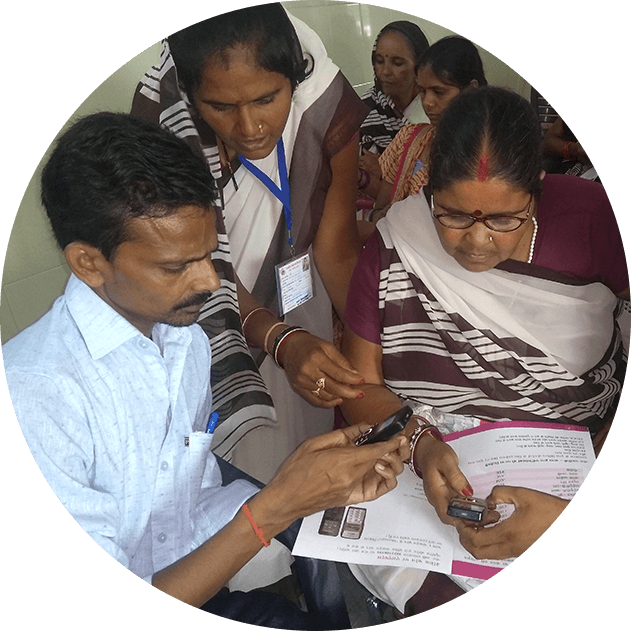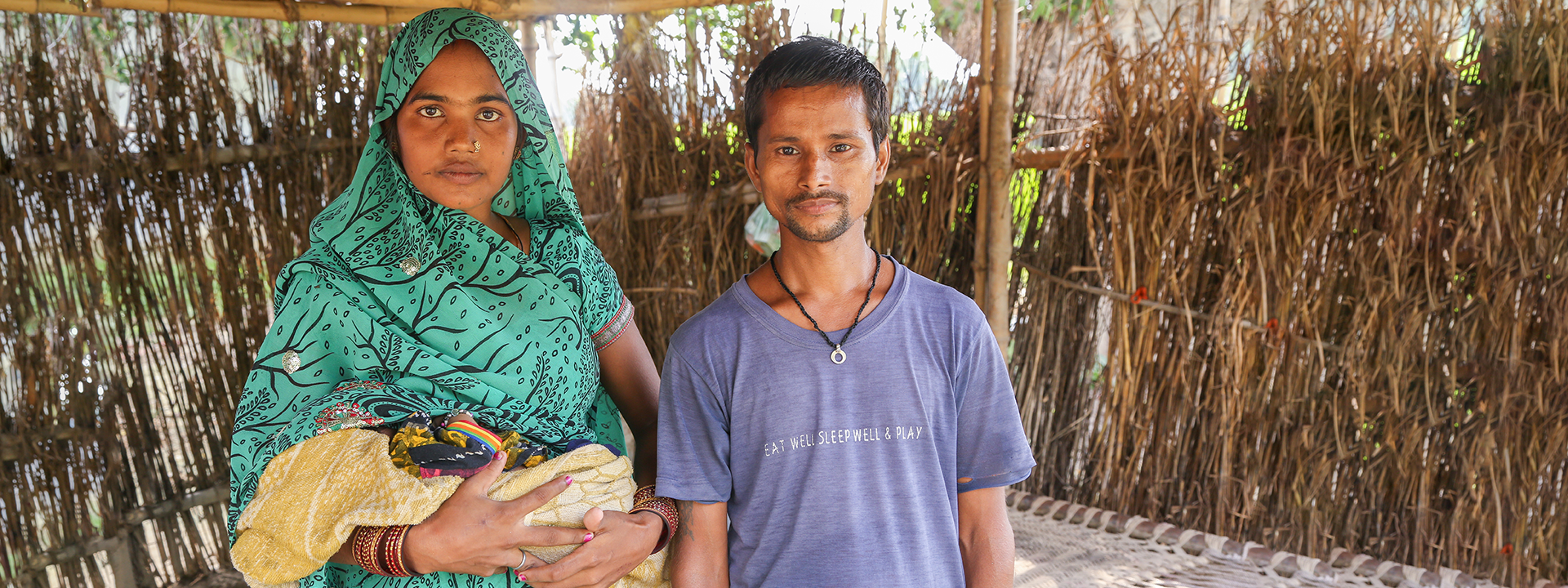
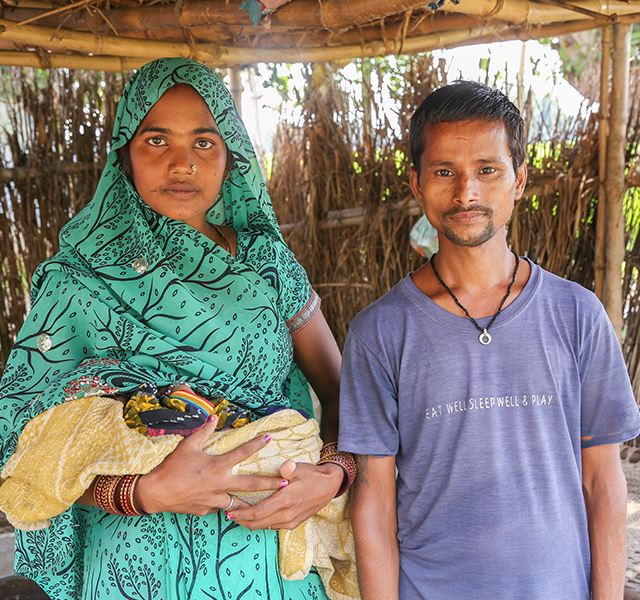
reduction in total fertility rate from 2.4 (2011)1 to 2.0 (2020)2
Over
pregnancies were unintended3
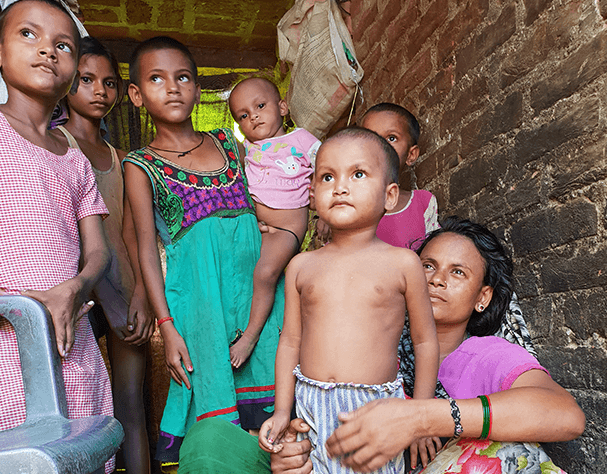
increase in modern contraceptive prevalence from 36 (1993) to 56 (2019-2021)4
women who wanted to limit or space pregnancies did not have access to contraceptives4
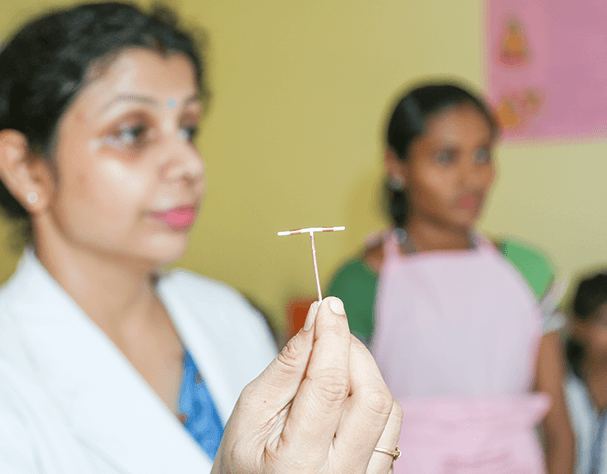
Only
non-users of contraceptives were counselled on family planning by health workers4
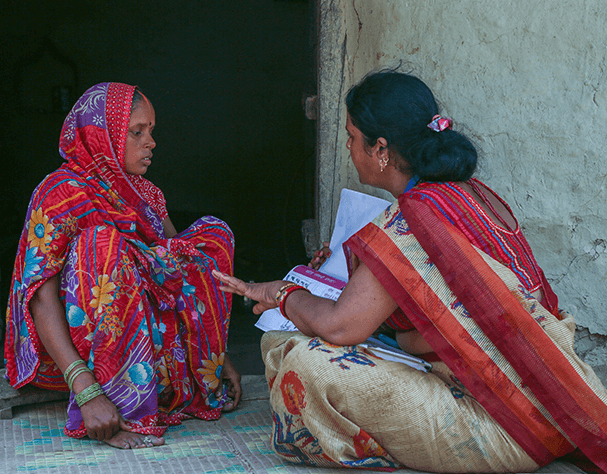
By 2030, ensure universal access to sexual and reproductive health-care services, including for family planning,
information and education, and the integration of reproductive health into national strategies and programmes
In collaboration with the University of Manitoba, we support the Government of Uttar Pradesh to improve availability,
quality and utilisation of family planning services in the state.
We support the government in improving readiness of facilities for provision of family planning services.
We work with the facility staff to assess availability of infrastructure, equipment, supplies and human resources, perform gap analysis and develop action plan to mitigate gaps and enable provision of the basket of contraceptive choice at facilities
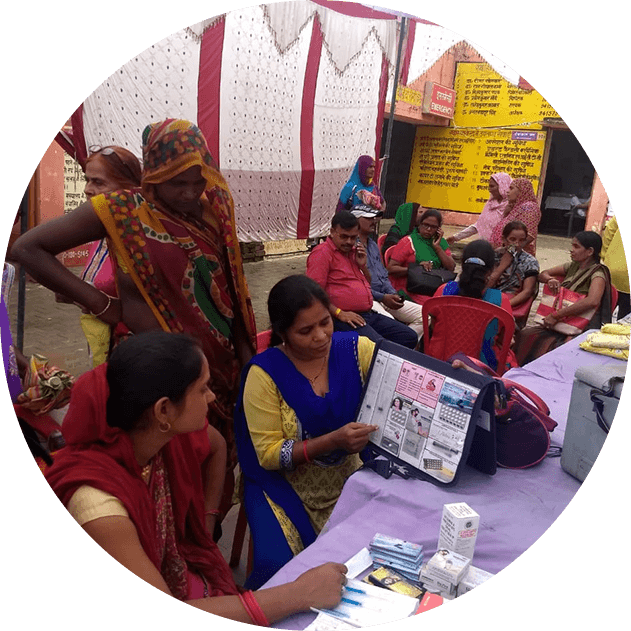
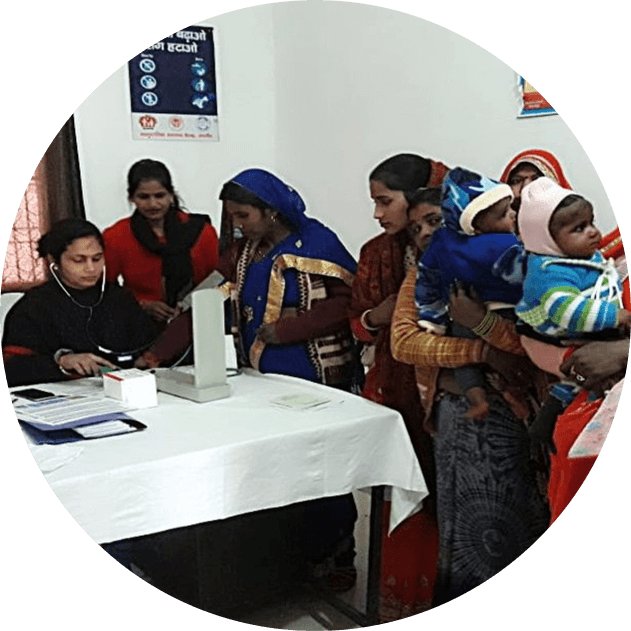
We support the government in streamlining the planning for Focus Days to enhance access and availability of family planning services.
We work with the government to identify underserved areas and plan for Family Planning outreach days to make Family Planning services accessible
We support the government in building capacity of service providers for provision of family planning services.
We support the government in assessing skill gaps among service providers, developing training modules and calendars, and facilitating the roll out of trainings. We also support in developing mentoring plans to support the continuing education of the service providers.
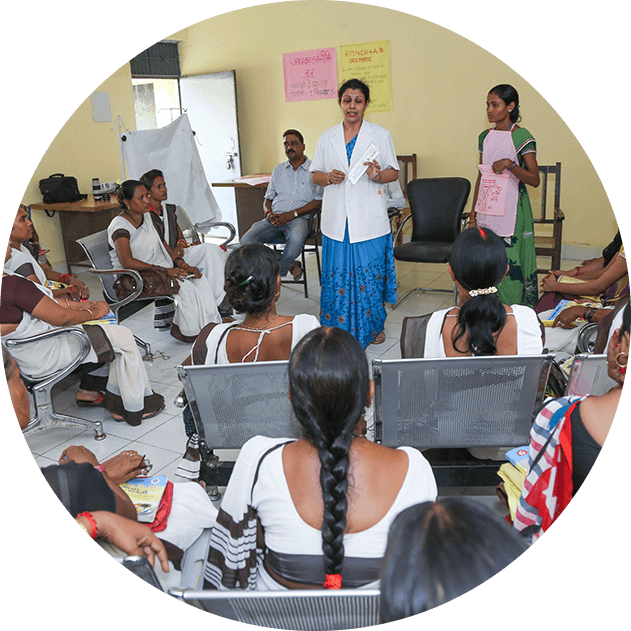
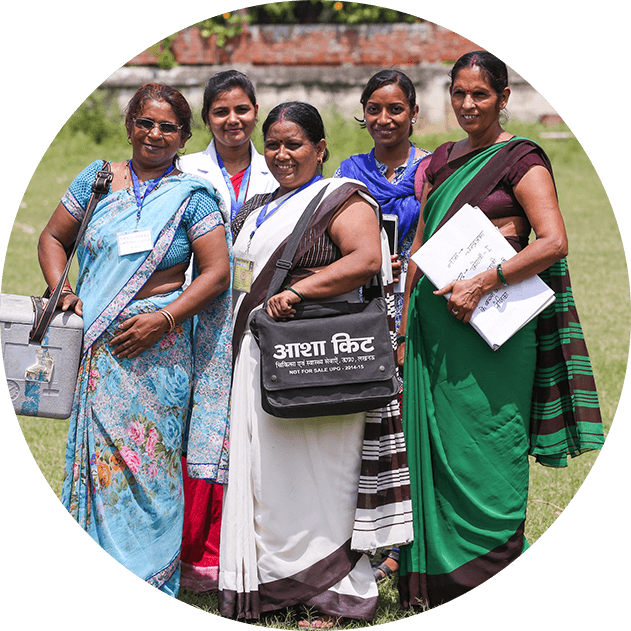
We support the government in building capacity of frontline workers to educate women in the community on the importance of family planning by developing training plans, training modules, job aids and supporting the roll out of trainings.
Support the government in the expansion of the basket of choice through introduction of new contraceptives, the implementation of the Logistics Management Information System and the rolling out of new IEC initiatives in the state.
